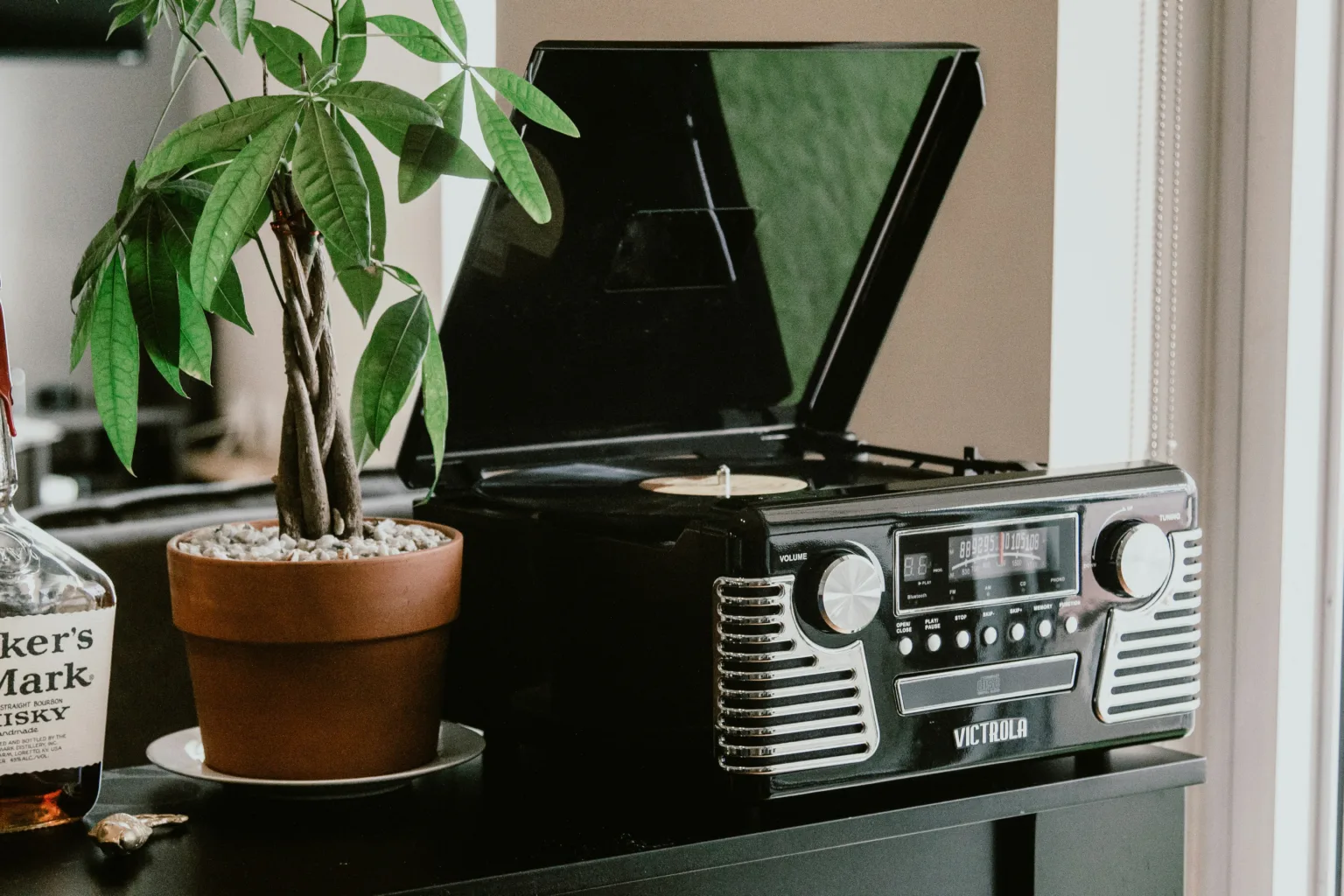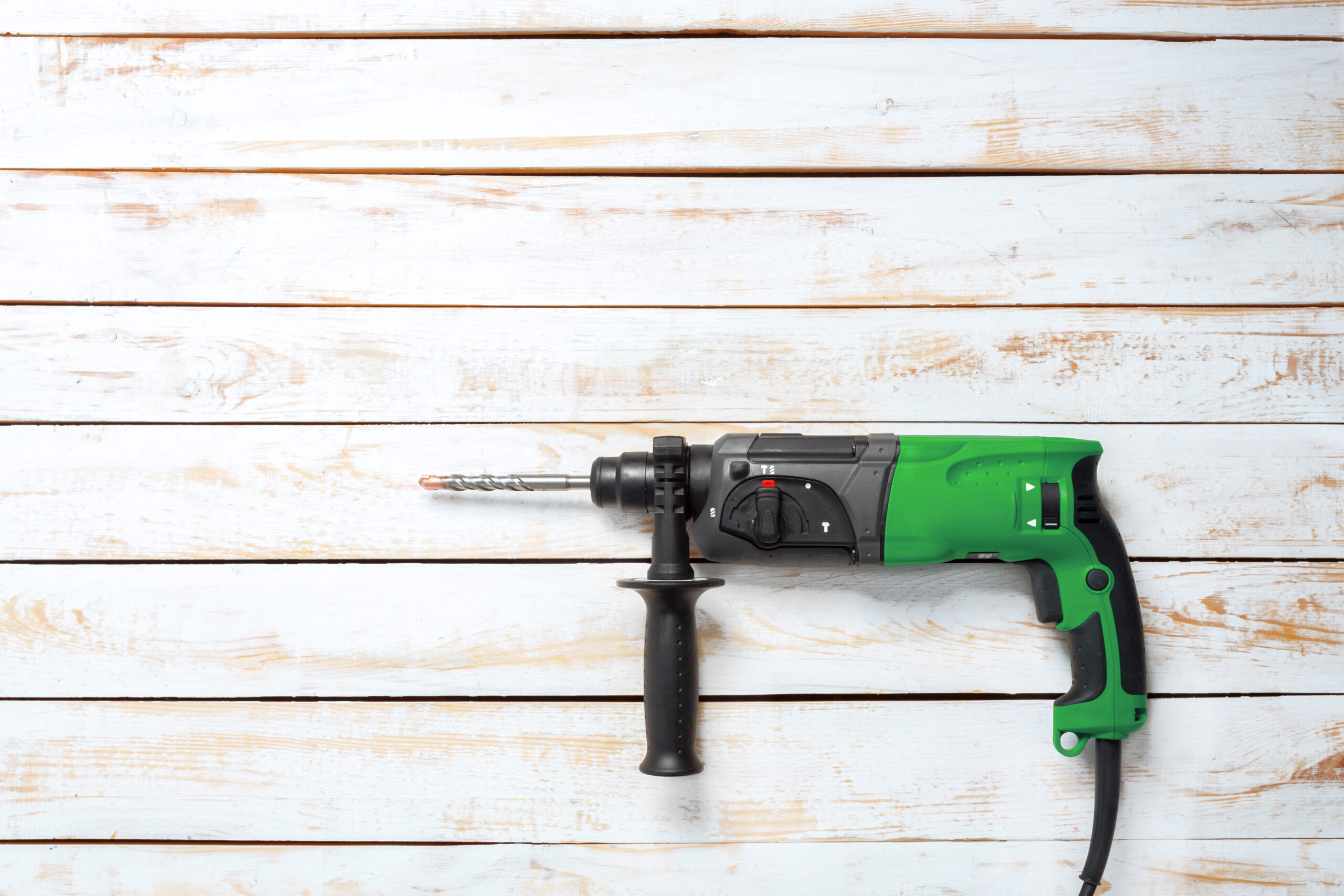Welcome to your ultimate home audio guide — your go-to resource for creating the perfect home audio setup. Whether you’re starting fresh or upgrading your current system, this guide will help you understand the best options for your space and budget.
We’ll cover everything from portable Bluetooth speakers to bookshelf systems, soundbars, and full surround sound setups. You’ll learn the pros and cons of each, plus tips on smart audio, multi-room setups, speaker placement, and useful accessories.
By the end, you’ll have the knowledge to choose and build a system that sounds great and suits your needs perfectly.
Understanding the Core Elements of Home Audio
To build an effective audio setup, it helps to understand the core building blocks that make up any system:
Source
This is what plays your audio — a smartphone, laptop, turntable, TV, or streaming device like a Chromecast or Amazon Fire Stick. Some sources support high-quality formats like FLAC, while others are more compressed (like Spotify’s standard setting). Many setups use multiple sources, so flexibility matters.
Amplifier
The amplifier boosts the audio signal and powers your speakers. Some systems (like soundbars and powered speakers) have built-in amplification. Others — especially higher-end stereo or surround systems — require a separate amp or AV receiver. The amp you choose affects sound quality, input compatibility, and how much control you have over your setup.
Speakers or Headphones
These are your output devices — they produce the actual sound. Speaker types range from small Bluetooth models to full surround sound systems. The choice depends on your space and how you plan to listen. For personal listening, high-quality headphones with a DAC or amp can provide excellent results.
Each part of the chain matters — a good speaker with a poor amp won’t shine, and a great amp can’t fix a weak audio source. Balance is key.
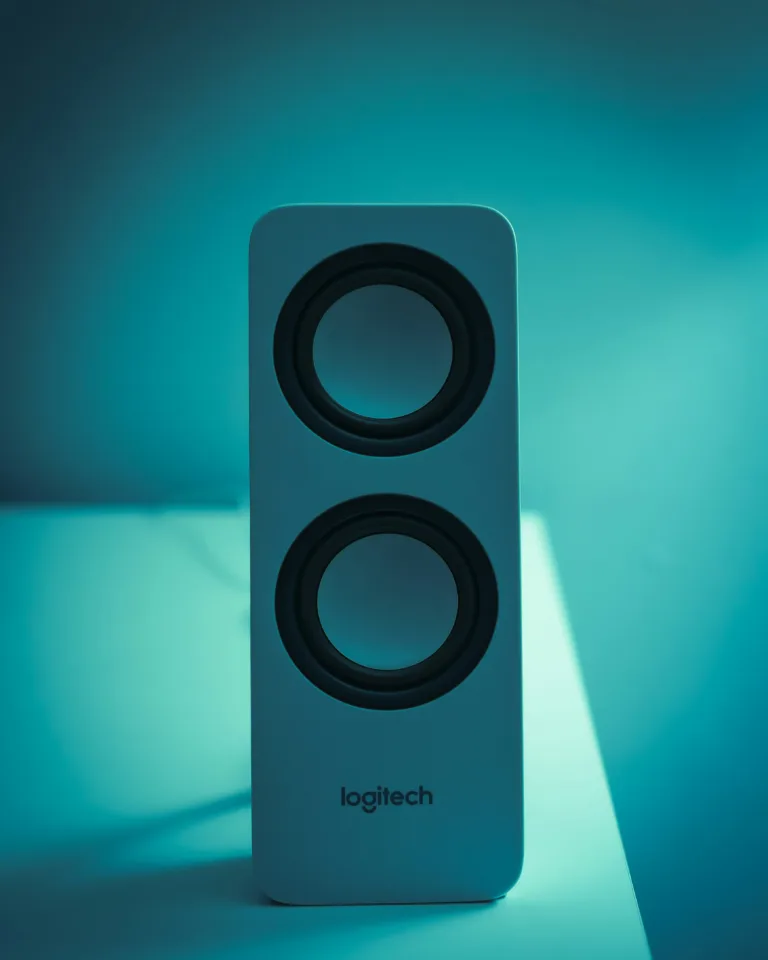
Choosing the Right Audio Setup for Your Space
Before picking an audio system, it’s important to consider your space, listening habits, and budget. A powerful surround system may sound appealing, but it could overwhelm a small flat or feel underutilised if you mostly stream podcasts. Similarly, a compact Bluetooth speaker may be ideal for casual listening in a bedroom but fall short in a living room used for movie nights.
Room size & shape: Larger rooms may benefit from multi-speaker setups, while smaller spaces work well with bookshelf speakers or a good soundbar. Irregular shapes or open-plan layouts might need additional speakers for even coverage.
Usage type: Ask yourself whether you’re primarily listening to music, watching TV/films, gaming, or a mix of all three. Music lovers might prioritise stereo imaging and warmth, while gamers or film fans may prefer immersive surround sound.
Aesthetic & wiring: Do you want something sleek and wireless, or are you okay with visible cables and speaker stands? Consider if you’re renting or can mount things on walls.
Budget & upgrade path: A small budget doesn’t mean poor sound — but thinking long-term can help. A basic stereo amp and passive speakers can be upgraded over time, while some wireless systems are harder to expand.
Types of Home Audio Setups
Different people need different home audio systems. Here are the most common configurations, who they suit, and what to expect.
Portable Bluetooth Speakers
Small and simple, these are ideal for easy wireless listening in the kitchen, garden, or on the go. While compact, premium models can deliver surprisingly rich and detailed sound. They’re best for casual listeners who value convenience and portability over precision. If you enjoy portable Bluetooth speakers, you may want to explore our guide on the Best Bluetooth Speaker For Your Car to extend your audio experience beyond the home.
Bookshelf Speakers with Separate Amp
This setup offers a big step up in audio quality compared to all-in-one speakers. A dedicated stereo amplifier drives passive bookshelf speakers, giving you better clarity, soundstage, and depth. It’s a great choice for music lovers who want immersive stereo sound and the flexibility to upgrade components over time.
Soundbars
Soundbars are streamlined speakers designed to sit below your TV. Many come with a separate subwoofer for deeper bass and support virtual surround formats like Dolby Atmos. They’re ideal for users who want better movie and TV audio without the complexity of multiple speakers or wiring.
Surround Sound Systems
Using multiple speakers positioned around the room — front, centre, rear, and subwoofer — these systems create true directional sound and an immersive experience. They’re best for home cinema enthusiasts and gamers who want the full impact of sound moving around them. This setup requires more space and planning but delivers excellent performance for film and gaming.
Smart and Multi-Room Speakers
Brands like Sonos, Amazon Echo, and Google Nest offer easy integration across rooms. These systems let you control playback via voice or app, and expand over time. Ideal for those who want convenience, flexibility, and whole-home audio without traditional components.
Headphones with DAC or Amp
For those who mostly listen privately or live in shared spaces, headphones remain a strong option. Adding a DAC (digital-to-analogue converter) or portable headphone amp can enhance sound quality significantly, especially when listening through a phone or laptop. This is a great solution for audiophiles or anyone looking to get the most from their headphones.
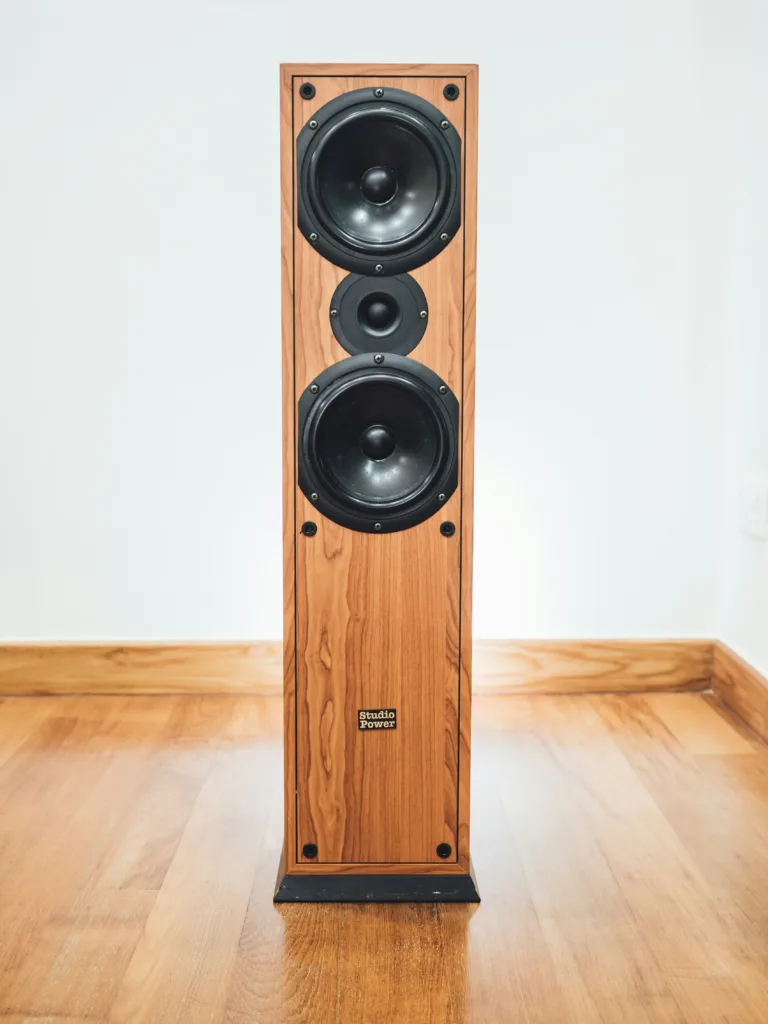
Matching Your Audio Setup to Your Space
Your room’s size, shape, and furnishings have a major impact on how audio sounds. Here’s how to adapt your setup for the best experience.
Small Rooms
You don’t need massive speakers. A quality bookshelf pair or a smart speaker can deliver excellent sound without overwhelming the space. Avoid setups with excessive bass — small rooms can amplify low frequencies, muddying the sound.
Medium Rooms
You’ve got options — a stereo amp and bookshelf speaker combo is ideal here, or a good soundbar with a subwoofer. If using passive speakers, consider stands to elevate them to ear level. Soft furnishings (like curtains and rugs) help reduce echo.
Large Rooms
Larger spaces require more power and speaker coverage. Floor-standing speakers or a full surround system shine here. Placement is crucial — the further apart the speakers, the more carefully they need to be angled for balanced sound.
Open Plan / Unusual Layouts
For open-plan living or L-shaped rooms, consider multi-zone or multi-speaker setups. Wi-Fi speakers can adapt to these layouts, allowing flexibility in speaker placement and synchronised playback.
For unconventional spaces like garages or workshops, consider durable, weather-resistant options — check out our guide to the Best Bluetooth Garage Speakers for recommendations
Accessories That Improve Your Audio System
Once the main components are in place, a few well-chosen accessories can enhance your audio quality, improve room acoustics, or solve practical issues — helping you get the most from your setup.
Speaker Stands & Mounts
Elevating speakers to ear level improves stereo imaging and overall clarity. Isolation pads or decoupling feet help reduce vibrations if speakers are placed on desks or furniture, preventing unwanted noise and resonance.
Cables
You don’t need to spend a fortune, but it’s worth avoiding ultra-cheap options that may degrade over time. Use the correct cable type and gauge based on your speaker distance and power needs. Quality interconnects and speaker wire can prevent signal loss and interference.
DACs (Digital-to-Analog Converters)
If you’re playing digital music from a phone, computer, or smart TV, a dedicated DAC can dramatically improve sound quality. It bypasses the often-poor internal audio processing and delivers clearer, richer audio — especially noticeable with high-quality headphones or hi-fi speakers.
Power Management
Power strips with surge protection safeguard your gear from voltage spikes. More advanced power conditioners can also reduce electrical noise, improving the clarity of your system — especially useful in older homes or when using sensitive equipment.
Room Treatments
Acoustic improvements can be simple and low-cost. Rugs, curtains, filled bookshelves, or dedicated wall panels help absorb reflections and reduce echo, especially in rooms with hard floors or bare walls. A better-sounding room often makes a bigger impact than new gear.
Remote Controls & Apps
Some amps, DACs, or streamers come with remotes or dedicated mobile apps that allow for easier control, volume adjustment, or switching inputs — a small quality-of-life improvement that can make daily use much smoother.
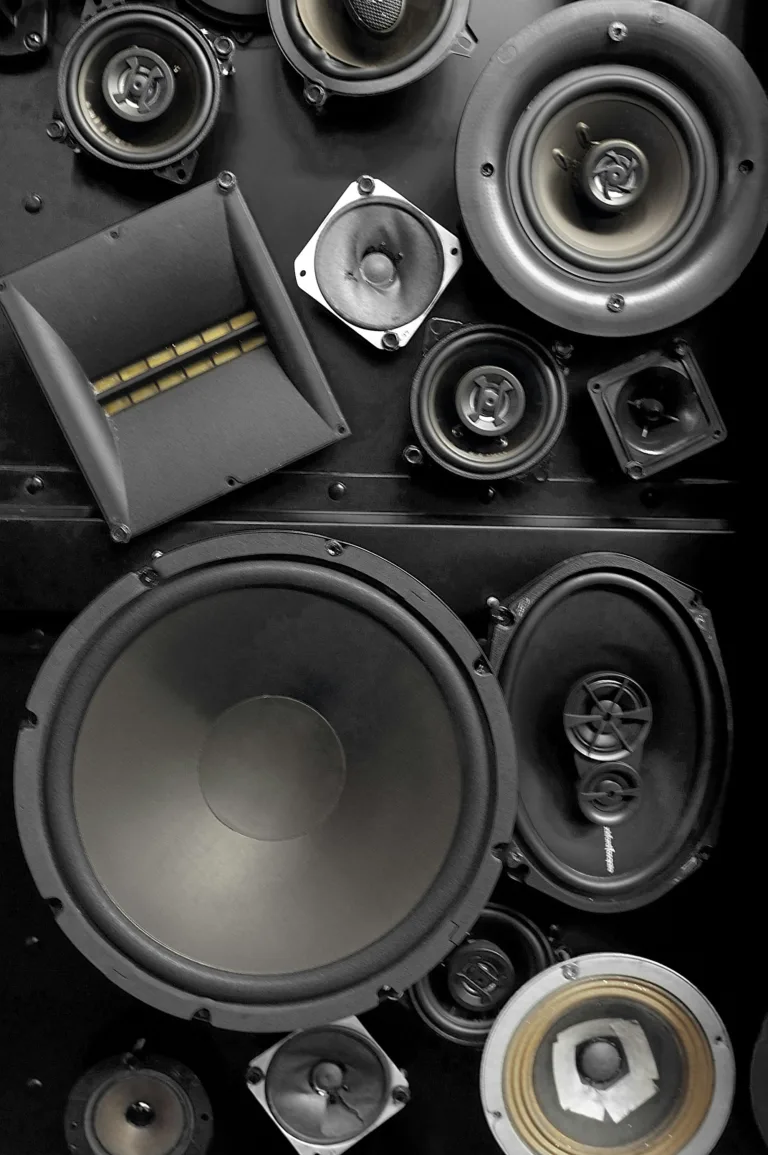
Smart Audio & Multi-Room Systems
Smart speakers have evolved into essential components of modern home audio. Devices like the Amazon Echo, Google Nest, and Sonos offer voice control, streaming, and integration with other smart devices — all in one compact system.
You can play music, adjust volume, or control your entire home setup with simple voice commands. Most models work with popular streaming services like Spotify and Apple Music, and some support high-resolution audio or Dolby Atmos.
Multi-Room Audio
Smart systems can be grouped together to create a multi-room setup. Play the same song in every room or different tracks in each — all controlled from a single app. This flexibility is great for shared households or seamless whole-home audio. Here’s some of the top systems:
Sonos: Premium quality, excellent app control, and supports both Alexa and Google Assistant.
Amazon Echo: Budget-friendly, wide smart home compatibility, and works well for casual listening.
Google Nest: Similar to Echo in price and functionality, with strong integration into Google’s ecosystem.
Some soundbars, receivers, and amps now include smart assistant support too — giving you more advanced control without extra gear.
Why Choose Smart Audio?
Easy to use with voice or app controls
Expandable: Start with one speaker and build from there
Clutter-free: No need for separate amps or remotes
Great for multi-purpose homes: Music, control, and automation in one
Stick to one ecosystem for smooth integration, ensure your Wi-Fi is reliable, and know that audio quality improves with price — Sonos leads here, while entry-level Echo/Nest devices are best for casual use.
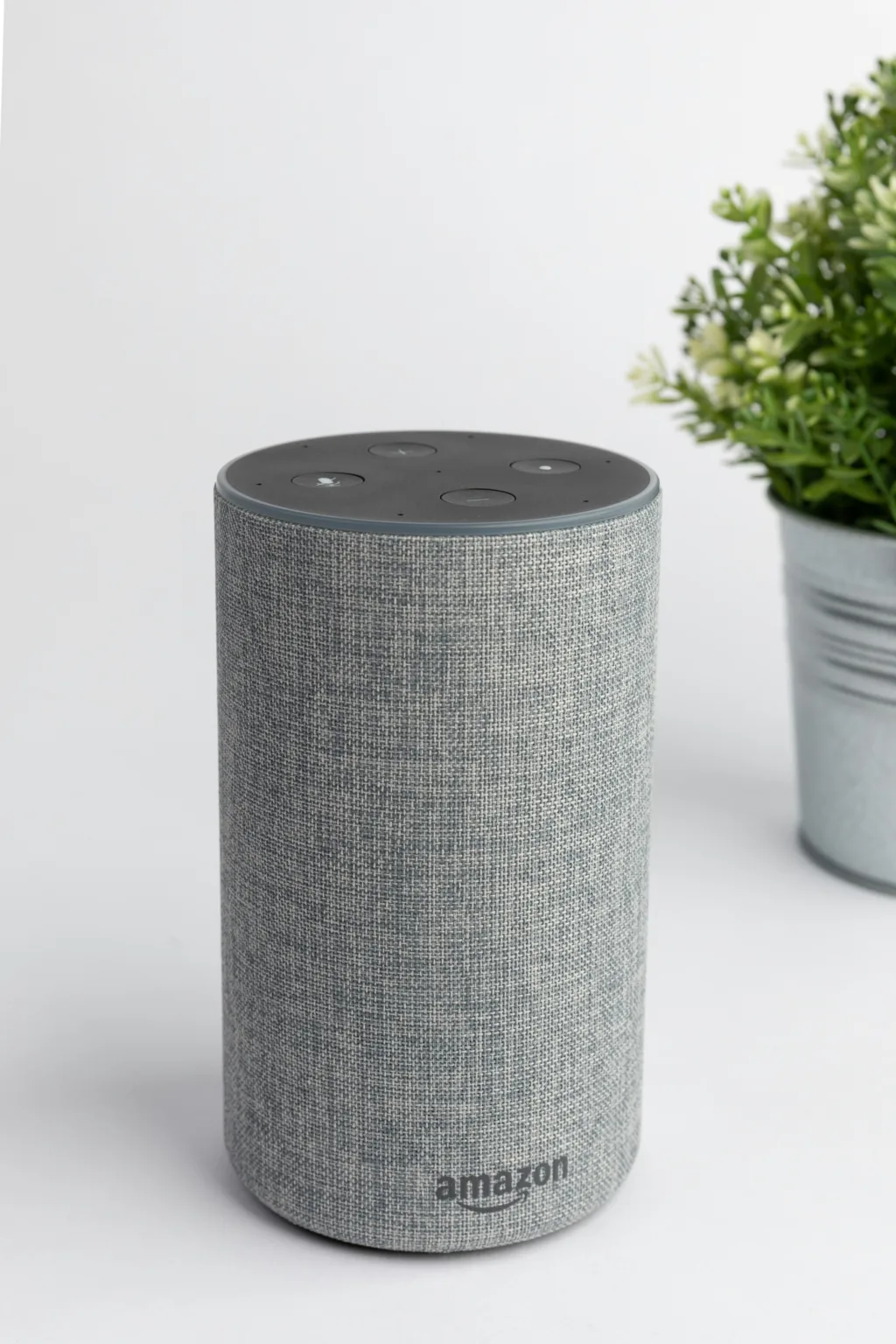
Example Home Audio Setups by Budget
Here’s some examples of how home audio setups might look at different price points. Each setup prioritises value and quality at its price point:
Budget (£100–£150)
A well-reviewed Bluetooth speaker or entry-level smart speaker.
Suitable for casual listening in bedrooms or kitchens.
Portable and simple to use.
Mid-Range (£250–£400)
Bookshelf speakers + integrated stereo amplifier.
Great for music lovers who want depth and clarity.
Expandable later with a DAC or better source.
Upper Mid (£400–£600)
Quality soundbar with a subwoofer for movies and music.
Supports virtual surround sound or Dolby Atmos.
Minimal setup, ideal for living rooms.
Higher-End (£600–£800)
AV receiver + 5.1 speaker package for true home theatre.
Best for immersive audio in dedicated media spaces.
Offers multiple inputs and customisation.
You can always start small and scale up over time — a good stereo system today can become a full surround setup tomorrow with the right gear.
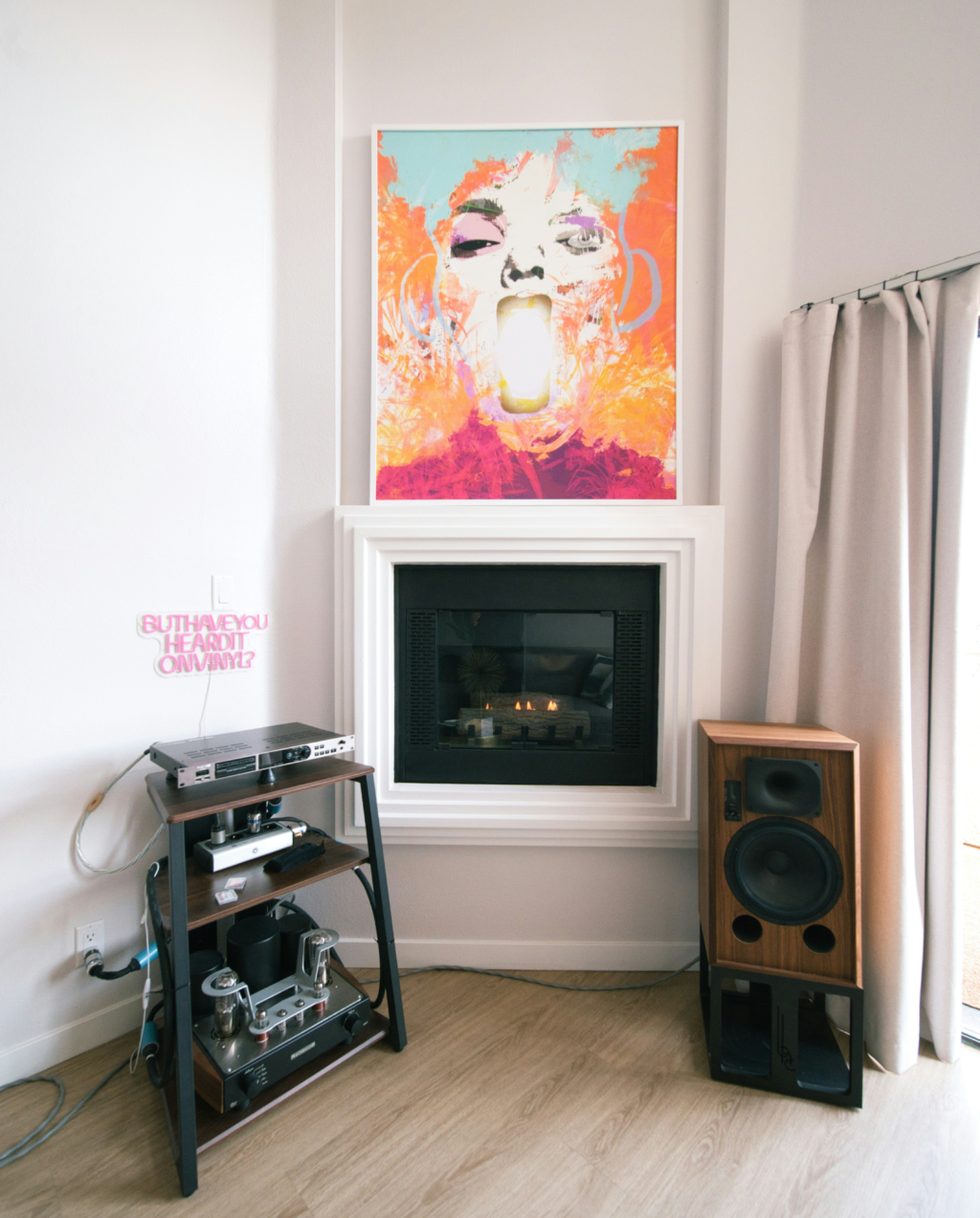
Comparing The Best Home Audio Setups At A Glance
If you’re unsure which home audio setup is right for you, the table below gives a quick comparison of the most common options.
It covers who each setup is best suited for, how complex it is to install, and how much you can expect to spend — all at a glance. Use it to narrow down your choices before exploring each option in more detail.
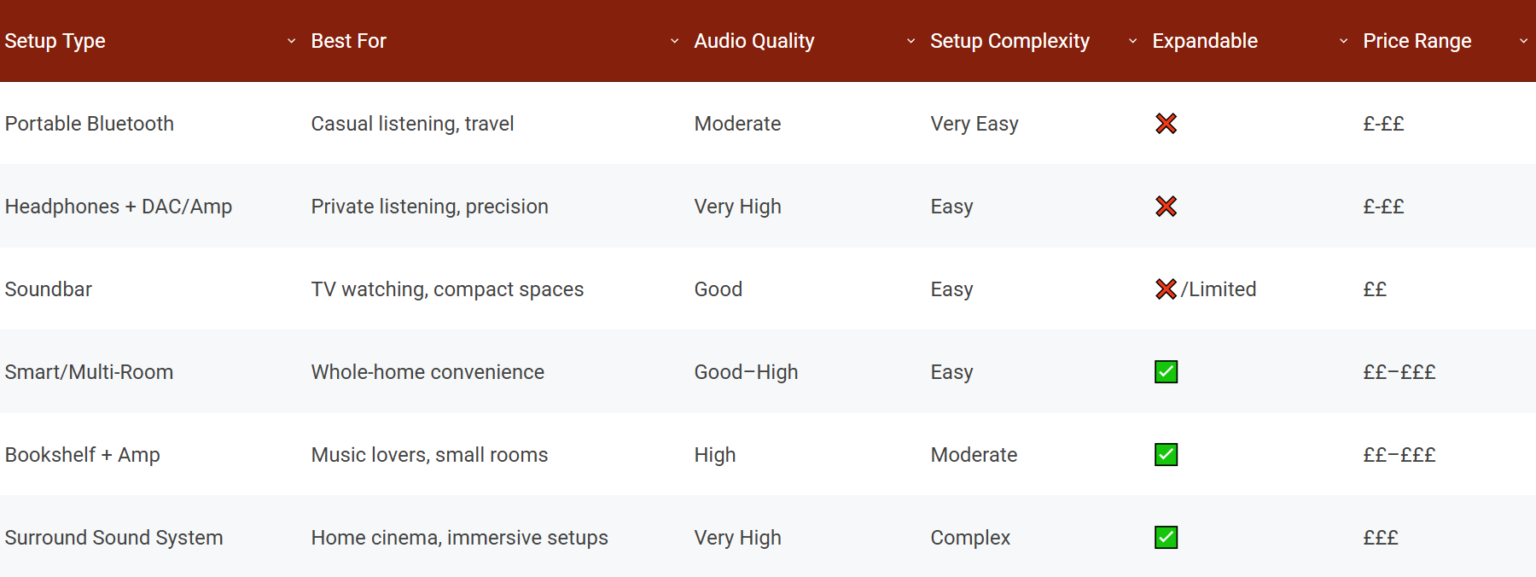
FAQs
For a basic home audio setup, you typically need three things: a source (something that plays the music), an amplifier (to power the sound), and speakers (to output the audio). In simple setups, like Bluetooth or smart speakers, all of these components are built into one unit. But for better sound quality and upgrade options, many users prefer using a stereo amplifier and a pair of passive bookshelf speakers.
Your source could be your smartphone, a streaming device, a laptop, or even a record player. If you’re using passive speakers (which don’t power themselves), you’ll also need an amp or AV receiver to power them. Some systems include a built-in DAC (digital-to-analog converter) to improve sound quality from digital sources. So while a single speaker can get you started, even a budget-friendly amp and speaker setup will deliver much better clarity, depth, and stereo separation.
Improving sound in a small room is all about positioning and treatment. First, choose speakers that are appropriately sized for the space — bookshelf speakers or even a good smart speaker will usually be more than enough. Overly powerful systems can overwhelm small rooms, causing distortion or excessive bass.
Next, focus on speaker placement. Ideally, speakers should be ear height when you’re seated, and equally spaced apart, angled slightly toward your listening position. Keep them away from walls and corners to avoid bass buildup.
Room acoustics also make a big difference. Add rugs, curtains, bookshelves, or acoustic panels to reduce reflections and echo. Soft furnishings absorb sound and stop it from bouncing around harshly. If you’re using a TV, consider mounting the speakers or soundbar slightly below or above the screen to create a more natural sound field.
Lastly, avoid placing speakers directly on hard surfaces like glass tables or tiled floors. Use isolation pads or stands to reduce vibrations and improve clarity. Even small tweaks can dramatically enhance your listening experience in a compact space.
For watching movies at home, the best audio experience comes from a surround sound setup — typically 5.1 or 7.1 — with an AV receiver and multiple speakers. A 5.1 system includes five speakers (front left, centre, front right, rear left, and rear right) and one subwoofer for deep bass. This gives you rich, directional sound effects that replicate what you hear in the cinema.
If space or budget is limited, a high-quality soundbar with a subwoofer and Dolby Atmos support is a great alternative. It’s easier to install, takes up less room, and can still create impressive immersive sound using virtual surround processing.
Also consider the room itself: seating position, speaker placement, and soft furnishings all contribute to the experience. A sound-optimised room with a quality speaker setup and correctly calibrated AV receiver can deliver stunning movie audio — from subtle dialogue to explosive action scenes.
Thank you for reading our guide to home audio setups.
If you want more information, check out our other articles on Audio Equipment.
Feel free to leave a comment below if you have any thoughts or queries that you’d like us to take a look at – we’d be happy to help.

